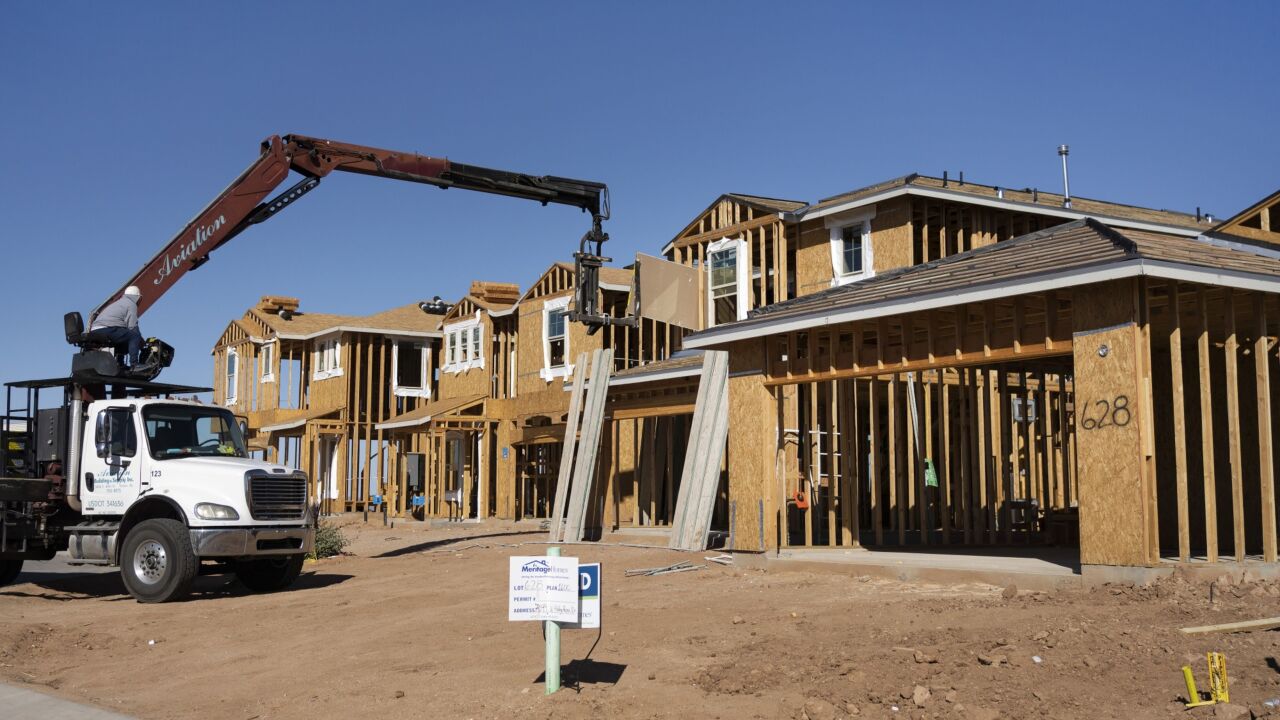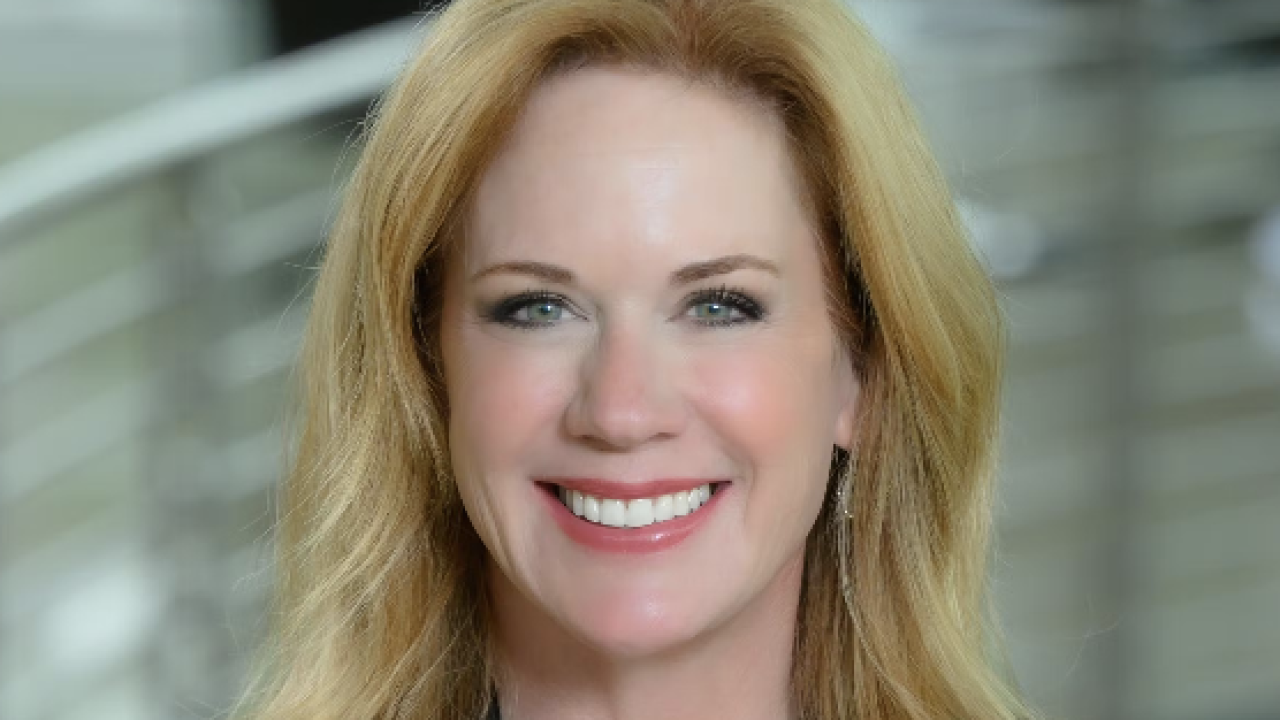For families with household incomes below $50,000, the improving housing market in 2016 meant rising prices, and fewer homes and apartments they can afford to rent or buy, according to a new report from HousingWorks RI at Roger Williams University.
The report found that in 2016, only two communities, Central Falls and Providence (not counting the East Side) offered "homes for sale that fit a household budget of under $50,000."
For renters, there was no municipality in the state where the average cost of a two-bedroom rental apartment was affordable on a household income of $30,934, the median income for Rhode Island renters.
Even for renters earning less than $50,000, there were just six communities where the average rent price was "affordable:" Central Falls, Cranston, East Providence, Pawtucket, Providence (without the East Side) and Woonsocket.
Housing is deemed "affordable" if housing costs consume no more than 30% of a household's gross income.
"Simply put, Rhode Island needs more housing," said Barbara Fields, executive director of Rhode Island Housing. "The real estate market is booming right now, and that means housing prices are rising — which puts pressure on families who are already struggling to get by. The good news is that we have already begun taking steps to increase production, and the $50 million housing bond that passed last year is a start."
As the "affordability gap" grew, there was also a jump in the number of foreclosures last year. There were 1,561 foreclosure deeds issued in the Ocean State in 2016, an increase of 32% compared with 2015, according to the 2017 Housing Fact Book.
In addition, "Rhode Island's rate of seriously delinquent loans is still among the highest in the United States, ranking ninth in the fourth quarter of 2016," the report added.
The Fact Book, an annual report from HousingWorks RI, tracks affordability and other housing issues across the state. It was scheduled for release Wednesday at HousingWorks' annual luncheon, which this year includes a morning panel discussion "offering an in-depth look at the numbers." HousingWorks RI is a nonprofit research group that became part of Roger Williams University in 2014.
The Fact Book also tracked an increase in 2016 in building permits, which rose by 23% to 1,226 permits. But this level is still far below projected needs.
"As noted in the Projecting Future Housing Needs Report (2016), commissioned by Rhode Island Housing, over the next 10 years there is an anticipated need for more than 34,000 new homes," the Fact Book added, and "demand is for more than 27,000 of those to be multifamily and able to serve households with incomes less than 80% of area median income ($40,400 to $68,000 for households of one to four across the state)."
But many communities still have far to go in reaching the state-mandated goal of having 10% of their housing stock be long-term, deed-restricted affordable housing, the report added. Just five communities have met the goal: Central Falls, Newport, New Shoreham, Providence and Woonsocket.
Communities with less than 3% include Barrington (2.66), Charlestown (2.86), Exeter (2.36), Foster (2.05), Glocester (2.23), Little Compton (0.56), Portsmouth (2.83), Richmond (1.89), Scituate (0.85) and West Greenwich (1.41). However, statewide, the average is up to 8.29%.
Rhode Island continues to have an exceptionally low homeownership rate, particularly for communities of color.
"At 60%, Rhode Island has the lowest rate of homeownership among the six New England states, and ranks 46th nationally," the report added. "Across race and ethnicity, homeownership rates in Rhode Island show great disparity. White residents have a homeownership rate of 65%, while Latino, Black and Asian household rates are 28%, 31% and 50%, respectively."





